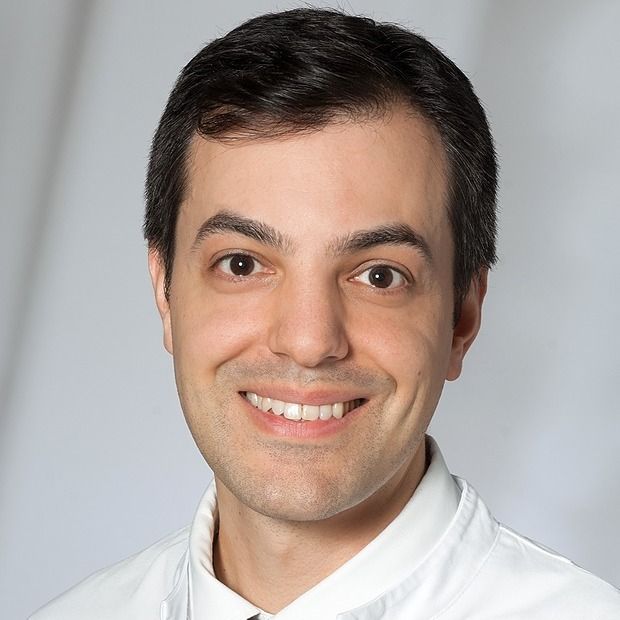Article
Interim Data Shows Real-World Insights into Ranibizumab Treatment Practices
Author(s):
The PACIFIC study is currently evaluating health care management practice with intravitreal ranibizumab 0.5 mg for various ophthalmologic diseases.
Ramin Khoramnia, MD

Investigators from PACIFIC, a 24-month observational, non-interventional study, have reported on ranibizumab treatment patterns among treatment-naïve patients with various ophthalmologic conditions. Their findings were presented at the Association for Research in Vision and Ophthalmology (ARVO) Virtual Meeting.
Currently, ranibizumab is approved for the treatment of diabetic macular edema, all forms of diabetic retinopathy, neovascular age-related macular edema (nAMD), retinal vein occlusion, and myopic choroidal neo-vascularization.
The investigative team, led by Ramin Khoramnia, MD, David J Apple International Laboratory, evaluated a total of 1572 treatment-naïve German patients diagnosed with any of the aforementioned diseases. All patients attended clinics at 186 sites across Germany, Switzerland, and the Netherlands.
The goal of the study was to evaluate real-world health care management with intravitreal anti-VEGF ranibizumab 0.5 mg.
“The value of observational insights from routine clinical practice may lead to a better understanding of status quo and challenges in patient health care under real life settings,” Khoramnia and colleagues wrote.
Characterizing Clinical Characteristics and Practice
Of the population, 60.8% had nAMD (mean age, 78.2 years), 18.5% had diabetic macular edema (66.5 years), 10.7% had branch retinal vein occlusion (69.3 years), 7.7% had central retinal vein occlusion (71.4 years), and 2.0% had myopic choroidal neovascularization (58.2 years).
Additionally, a majority of those with nAMD (60.4%) and myopic choroidal neovascularization (58.1%) were female.
The investigators reported that a combination of optic coherence tomography (OCT) and fluorescein angiography (FA) assessment at baseline was performed in 56.0% for nAMD, 54.5% for diabetic macular edema, 59.9% for branch retinal vein occlusion, 56.8% for central retinal vein occlusion, and 60.0% for myopic choroidal neovascularization.
Neither an OCT nor FA assessment was performed for nAMD in 5.4%, diabetic macular edema in 6.9%, branch retinal vein occlusion in 0.6%, central retinal vein occlusion in 7.6% and myopic choroidal neovascularization in 10.0% of patients.
At baseline, visual acuity in patients with nAMD was 52.6—for diabetic maculate edema, 62.8; branch retinal vein occlusion, 58.2; central retinal vein occlusion, 46.9; and myopic choroidal neovascularization, 52.7.
The average time between baseline and first injection was 8.5 days for nAMD, 9.9 days for diabetic macular edema, 6.2 days for branch retinal vein occlusion, 7.8 days for central retinal vein occlusion, and 10.2 days for myopic choroidal neovascularization.
Furthermore, the average injections given within the 2-year time span was 10.0, 9.8, 10.3, 9.6, and 3.0, respectively.
And finally, the most commonly reported treatment regimen that was reported at 24 months was “monitor and extend”—which was the majority regimen across all conditions.
The study, “Comparison of real-life treatment of naïve patients with ranibizumab over 24 months for neovascular AMD, diabetic macular edema, retinal vein occlusion and myopic CNV – results of the current interim analysis of the PACIFIC study,” was presented at ARVO 2021.



